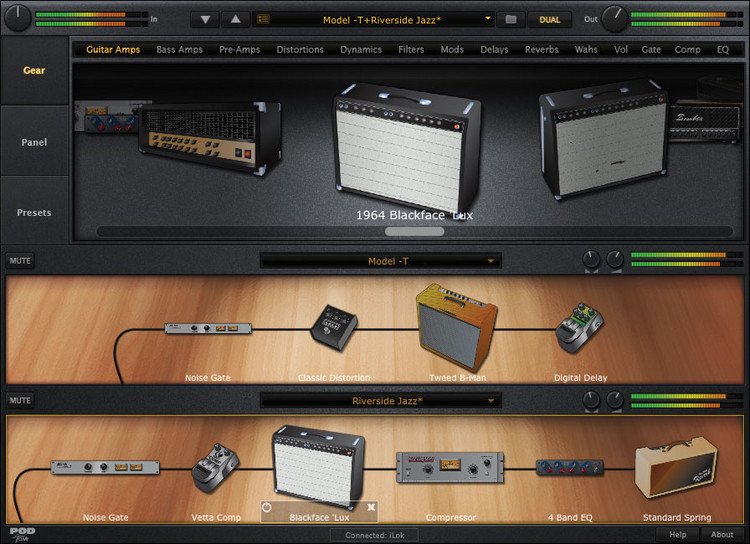

When destroyed in the first two stages, the pod yields only one cocoa bean. In Java Edition the cocoa block has a 20% chance to grow a stage when receiving a random tick, giving it an average time of 5 minutes and 41 seconds per stage. In its last stage, the pod is even bigger, and orange-brown.

In the second stage, the plant is bigger and colored tan. During its first stage, the pod is small and green. A cocoa pod can be placed on jungle logs, jungle wood, stripped jungle logs and stripped jungle wood.Ĭocoa has three stages of growth. (The log does not need to be attached to a tree). Placing a cocoa bean on the side of a jungle log plants a new cocoa pod. NB: When EQing and mixing vocals, its important to use studio monitors or wear decent headphones - you just won't get the right sound coming out of your computer.Main article: Tutorials/Cocoa bean farmingĬocoa beans come from cocoa pods, which are found on the trunks of normal-sized naturally-generated jungle trees in jungle biomes. If you're new to this, start with presets: Lots of programmes come with presets for vocals that are a great place to start from as you learn to train your ears and identify what sounds good to you. Also, never boost or reduce by more than 5dB - keep it subtle!Ĭompression: Compression makes the volume of a vocal more consistent overall. Every time the compressor hears a sound that goes over a certain volume level, it turns down the volume for that moment. We will write a longer article about this in the future, but for now lets keep it simple and say that when you're editing spoken vocals you might want to add:ĮQ: A good place to start is removing frequencies under 50hz, they aren't useful. Now the subtractive side of the edit is time, its time to sculpt it in to a thing of beauty. Are there parts that don't suit your brand voice? Do you make controversial statements that you should probably fact-check first? Do you snort-laugh so loud that the microphone clips? Mastering As you listen, look out for any sections you may want to remove. The beauty of podcasts is that you can do something else while listening, for example preparing tags or writing shownotes. Now that the episode is leaner and easier on the ears, have a listen to the whole thing. These sections can be identified quite easily by looking at patterns in the waveform and with some practice you'll become very used to spotting them. Look out for cross talk and remove it, it's pretty confusing to listen to as an outsider. It's also natural in conversation for people to be talking over each other (cross talk), especially if recording remotely and removed from visual clues that let each other know who intends to talk. They are a natural part of conversation, but again, don't make for quality entertainment. Cross TalkĪs we talk to each other, we have a natural tendency to make noise - those 'uh-huh, yea, sure' sound bytes that we use to let each other know that we are listening. Fast-paced flow is best to keep your audiences attention. This can also be done when someone hesitates or spends a long time thinking or looking something up on their phone. This makes conversation flow more naturally and sounds way better. Locate pauses at the end of questions, during conversations, places where it doesn't sound natural and reduce the gaps. Although this is perfectly natural, it doesn't make for particularly great audio. If you're recording with someone over Skype, there will be delays as the conversation is beamed across the world. If you're using Garageband, it lacks an effective silence tool, but you can achieve a similar effect using a noise gate. Audacity has a useful tool called 'silence finder'. To make a more easy to listen to episode, remove this silence in a number of ways. Now matter how good you're equipment is, there will be some noise generated in silent sections. Now you're ready to edit, a good place to start is by removing silence. What is the point of the episode/how will you decide what can or can't be removed? NB: this article will refer to Audacity and Garageband, our recommended editing softwares Go In With A PlanĪre you going to be adding music or effects? But there are steps that can be taken to make this easier, and below are some of the points we follow to make editing simpler. The same can be said for editing - when staring at a long section of audio, beginning the edit can feel daunting, and that final export can feel unattainable. Similarly, it takes a special type of artist to just sit down at a canvas and start creating, without some inspiration, source material or a muse. Staring at a blank page is daunting - endless possibilities with no definitive place to start - which is why writing scaffolds or sentence starters are used in schools to help students get their thoughts focused and their ideas in order.


 0 kommentar(er)
0 kommentar(er)
